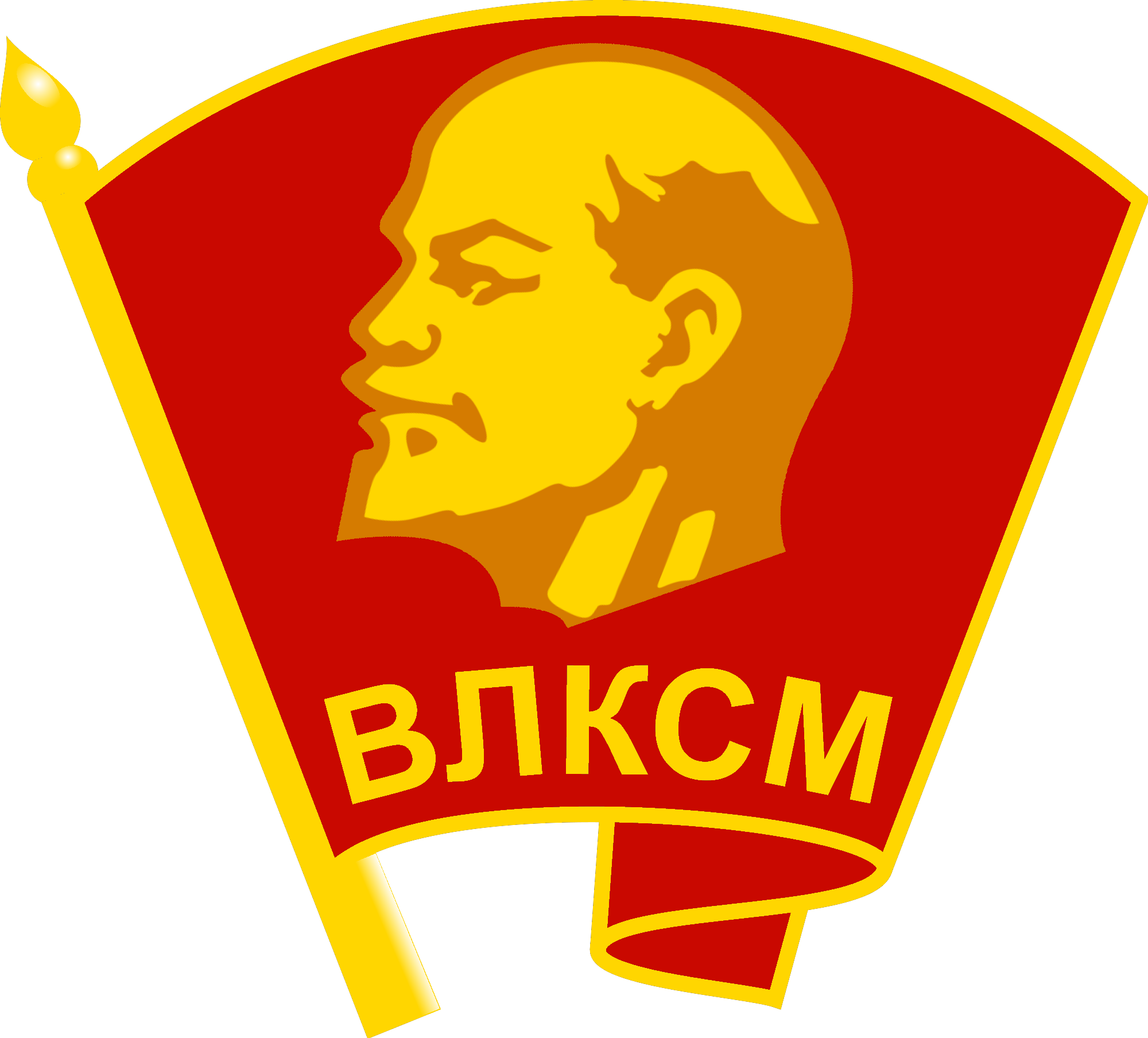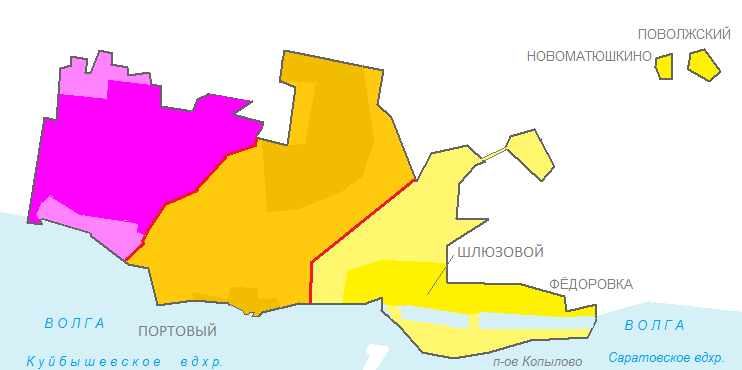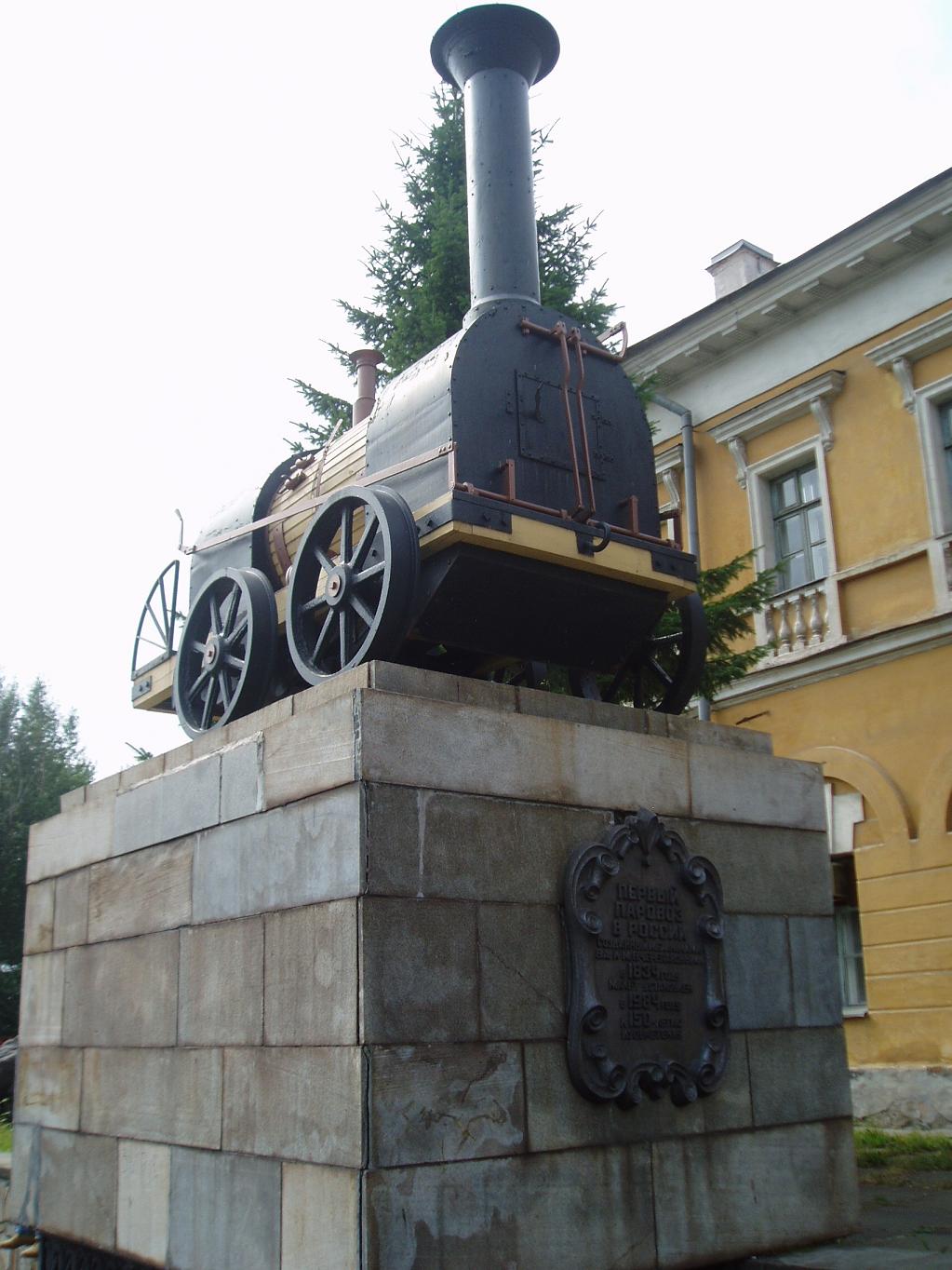|
Uliana Gromova
Ulyana Matveyevna Gromova ( uk, Уляна Матвіївна Громова, translit=Uliana Matviyivna Hromova; russian: Ульяна Матвеевна Громова; 3 January 1924 – 16 January 1943) was a Soviet Ukrainian partisan who was a member of the Young Guard resistance movement in Krasnodon, in modern-day eastern Ukraine. She was executed by the Nazis in 1943, along with the rest of the Young Guard's leadership, and was posthumously declared a Hero of the Soviet Union. Early life Gromova was born to working-class family on 3 January 1924 in the village of Pervomaysky ( en, "May First", named for International Labor Day) in what is now the Krasnodon Raion of Luhansk Oblast of Ukraine (then in the Ukrainian SSR of the Soviet Union; Lugansk Province was not established until 1938). Gromova's father, Matthew Maximovich Gromov, was born in 1880 in Poltava Province of Ukraine, then part of the Russian Empire. Gromova's father served in the Russo-Japanese War ... [...More Info...] [...Related Items...] OR: [Wikipedia] [Google] [Baidu] |
Krasnodon
Krasnodon (Ukrainian language, Ukrainian, Russian language, Russian: Краснодон) is a city in Luhansk Oblast (Oblast, region) of eastern Ukraine. It is incorporated as a city of regional significance (Ukraine), city of oblast significance and serves as the administrative center of Krasnodon Raion (Raion, district), though it does not belong to the raion. Its population is approximately . Population of Krasnodon in 1972 was 70,400, in 1989 it was around 53,000, in 2001 it was 49,921. In 2016 the city was renamed Sorokyne ( uk, Сорокине; russian: Сорокино) as part of decommunization in Ukraine. The city's name change process has been temporarily suspended as it is not controlled by the government of Ukraine. History Krasnodon was established in 1914 along the banks of the Velyka Kamianka, a tributary of the Donets, Donets River, as the settlement of Sorokyne. It soon became one of the centers of the coal mining industry of the Donbas region. By the ''Decis ... [...More Info...] [...Related Items...] OR: [Wikipedia] [Google] [Baidu] |
Komsomol
The All-Union Leninist Young Communist League (russian: link=no, Всесоюзный ленинский коммунистический союз молодёжи (ВЛКСМ), ), usually known as Komsomol (; russian: Комсомол, links=no ()), a syllabic abbreviation of the Russian ), was a political youth organization in the Soviet Union. It is sometimes described as the youth division of the Communist Party of the Soviet Union (CPSU), although it was officially independent and referred to as "the helper and the reserve of the CPSU". The Komsomol in its earliest form was established in urban areas in 1918. During the early years, it was a Russian organization, known as the Russian Young Communist League, or RKSM. During 1922, with the unification of the USSR, it was reformed into an all-union agency, the youth division of the All-Union Communist Party. It was the final stage of three youth organizations with members up to age 28, graduated at 14 from the Young Pioneer ... [...More Info...] [...Related Items...] OR: [Wikipedia] [Google] [Baidu] |
Tolyatti
Tolyatti ( rus, Толья́тти, p=tɐlʲˈjætʲ(ː)ɪ), also known as Togliatti, formerly known as Stavropol (1737–1964), is a types of inhabited localities in Russia, city in Samara Oblast, Russia. It is the largest city in Russia which does not serve as the administrative center of a federal subjects of Russia, federal subject, or to be one's largest city. Population: The city is best known as the home of Russia's largest car manufacturer AvtoVAZ (Lada), where it was renamed after Italian communist politician Palmiro Togliatti in 1964. History Tolyatti was founded in 1737 as a fortress called Stavropol () by the Russian statesman Vasily Tatishchev. Informally it was often referred as Stavropol-on-Volga (, ''Stavropol-na-Volge'') to distinguish from Stavropol, a larger city in southwest Russia, although Stavropol-on-Volga was never its official name. The construction of the Zhiguli Hydroelectric Station, Kuybyshev Dam and Hydroelectric Station on the Volga River in the 19 ... [...More Info...] [...Related Items...] OR: [Wikipedia] [Google] [Baidu] |
Kaliningrad
Kaliningrad ( ; rus, Калининград, p=kəlʲɪnʲɪnˈɡrat, links=y), until 1946 known as Königsberg (; rus, Кёнигсберг, Kyonigsberg, ˈkʲɵnʲɪɡzbɛrk; rus, Короле́вец, Korolevets), is the largest city and administrative centre of Kaliningrad Oblast, a Russian semi-exclave between Lithuania and Poland. The city sits about west from mainland Russia. The city is situated on the Pregolya River, at the head of the Vistula Lagoon on the Baltic Sea, and is the only ice-free port of Russia and the Baltic states on the Baltic Sea. Its population in 2020 was 489,359, with up to 800,000 residents in the urban agglomeration. Kaliningrad is the second-largest city in the Northwestern Federal District, after Saint Petersburg, the third-largest city in the Baltic region, and the seventh-largest city on the Baltic Sea. The settlement of modern-day Kaliningrad was founded in 1255 on the site of the ancient Old Prussian settlement ''Twangste'' by th ... [...More Info...] [...Related Items...] OR: [Wikipedia] [Google] [Baidu] |
Nizhny Tagil
Nizhny Tagil ( rus, Нижний Тагил, p=ˈnʲiʐnʲɪj tɐˈgʲil) is a types of inhabited localities in Russia, city in Sverdlovsk Oblast, Russia, located east of the boundary between Asia and Europe. Population: History The prehistory of Nizhny Tagil dates back to the mid-16th century, when the Stroganovs received the right to possess land by the Kama (river), Kama and Chusovaya basins. In 1579 they founded the first settlement, the Utkin sloboda, by the river Utka, the mouth of Chusoya. Fateyevo, the first Russian village in the Tagil region, was founded in 1665. In 1696, by the order of Tsar Peter the Great, the Vysokogorsky iron ore quarry was opened. Voevode Dmitry Protasyev was elected to search for iron and magnetic ores. The deposits were particularly rich, and included lodes of pure magnetic iron. The surrounding landscape provided everything needed for a successful and productive mining and smelting operation — rivers for transport, forests for fuel, a ... [...More Info...] [...Related Items...] OR: [Wikipedia] [Google] [Baidu] |
Nonna Mordyukova
Noyabrina Viktorovna Mordyukova (Russian: Но́нна (Ноябри́на) Ви́кторовна Мордюко́ва; 25 November 1925 – 6 July 2008) was a Soviet and Russian actress and People's Artist of the USSR (1974). She was the star of films like director Denis Yevstigneyev's ''Mama'' and Nikita Mikhalkov's 1980s hit ''Family Relations''. The editorial board of the British ''Who's Who'' encyclopedia included Nona Mordyukova among the top 20 actresses of the 20th century. Biography Nonna (Noyabrina) Viktorovna was born into a large family in the Cossack village of Konstantinovka, Donetsk Region, Ukrainian SSR. Nonna spent her childhood in a settlement where her mother worked as chairwoman of kolkhoz (collective farm). In 1946, Mordyukova entered the Actors’ Faculty of VGIK and studied there under Boris Bibikov and Olga Pyzhova. After graduating she played on stage of Theatre Studio of Film Actor and was often featured by film directors. In 1948, Mordyukova was mar ... [...More Info...] [...Related Items...] OR: [Wikipedia] [Google] [Baidu] |
The Young Guard (film)
''The Young Guard'' (russian: link=no, Молодая гвардия, translit. Molodaya Gvardiya) is a two-part 1948 Soviet film directed by Sergei Gerasimov and based on the novel of the same title by Alexander Fadeyev. In 1949 a Stalin Prize for this film was awarded to Gerasimov, cinematographer Vladimir Rapoport, and the group of leading actors. The film was also the highest grossing Soviet film of 1948, with approximately 48,600,000 tickets sold. Synopsis The film is set in July 1942 during The Great Patriotic War. Part of the Red Army leaves the mining town Krasnodon. After that, the city gets occupied by the German troops. Enemy machines destroy their path and members of the Komsomol group are forced to return home. In response to the atrocities of the invaders, the young Komsomol members, who are former students, create an underground anti-fascist Komsomol organization Young Guard. This organization leads a covert war against the occupation forces; young men spr ... [...More Info...] [...Related Items...] OR: [Wikipedia] [Google] [Baidu] |
The Young Guard (novel)
''The Young Guard'' (russian: Молодая гвардия) is a 1946 Russian-language young adult historical novel (rewritten in 1951) by Soviet writer Alexander Fadeyev. The novel describes the operations of the Young Guard, an anti-German resistance organization operating in 1942–1943 in and around the city of Krasnodon in eastern Ukraine. Many of the Young Guard were executed by the Germans. Most of the main characters of the novel – Oleg Koshevoy, Uliana Gromova, Lyubov Shevtsova, Ivan Zemnukhov, Sergei Tyulenin, etc. - were actually existing people, although aspects of their characters, actions, and dialogues were invented or creatively embellished by the novelist, and there are also fictional characters in the novel. ''The Young Guard'' was the second most popular work of children's literature in the Soviet Union for the period 1918–1986, with total sales over 276 editions of 26,143,000 copies. Historical background : Krasnodon was liberated from German occupat ... [...More Info...] [...Related Items...] OR: [Wikipedia] [Google] [Baidu] |
Alexander Fadeyev (writer)
Alexander Alexandrovich Fadeyev (russian: link=no, Алекса́ндр Алекса́ндрович Фаде́ев; – 13 May 1956) was a Soviet writer, one of the co-founders of the Union of Soviet Writers and its chairman from 1946 to 1954. Biography Fadeyev was born in Kimry, Tver Governorate. From 1908 to 1912, he lived in Chuguyevka, Primorsky Krai. He joined the Bolshevik Party in 1918 and took part in the guerrilla movement against the Japanese interventionists and the White Army during the Russian Civil War. In 1927, he published the novel ''The Rout'' (also known as ''The Nineteen''), in which he described youthful guerrilla fighters. In 1930, he published the first part of the novel ''The Last of the Udege'', on which he continued working the rest of his life (an edition containing the second volume, all he was able to complete, was published in 1940.) In it, Fadeyev intended to show "that an extremely primitive people may experience a leap from tribal communism ... [...More Info...] [...Related Items...] OR: [Wikipedia] [Google] [Baidu] |
1944 CPA 887
Events Below, the events of World War II have the "WWII" prefix. January * January 2 – WWII: ** Free French General Jean de Lattre de Tassigny is appointed to command French Army B, part of the Sixth United States Army Group in North Africa. ** Landing at Saidor: 13,000 US and Australian troops land on Papua New Guinea, in an attempt to cut off a Japanese retreat. * January 8 – WWII: Philippine Commonwealth troops enter the province of Ilocos Sur in northern Luzon and attack Japanese forces. * January 11 ** President of the United States Franklin D. Roosevelt proposes a Second Bill of Rights for social and economic security, in his State of the Union address. ** The Nazi German administration expands Kraków-Płaszów concentration camp into the larger standalone ''Konzentrationslager Plaszow bei Krakau'' in occupied Poland. * January 12 – WWII: Winston Churchill and Charles de Gaulle begin a 2-day conference in Marrakech. * January 14 – WWII: So ... [...More Info...] [...Related Items...] OR: [Wikipedia] [Google] [Baidu] |





_and_Scene_from_Novel_The_Rout).jpg)
